You've probably noticed that discussion around UX (User Experience) is gaining more traction these days, right? It is a vital element of online (and offline) success. And with the digital landscape continuing to evolve at a rapid rate, keeping up with UX trends has never been more crucial.
With design and tools evolving constantly, so do users' expectations. Websites that stay static fall behind the competition. It is essential that your website adapts to the latest trends in order to meet specific customer needs.
But with all the amazing tools and tech available, there's a lot to stay on top of. To outshine your competitors, you've got to lead the way in design and ensure your site is up to date with all the latest design trends and best practices.
If you're feeling lost on how to implement these UX trends, or simply need more information on what is happening in the world of UX. then don't worry. You’re in the right place.
This blog details a brief history of web design and UX, highlighting the monumental shifts that have occurred. We’ve also highlighted the important role UX plays in digital marketing, and outline some of the top trends that you should be aware of in 2024.
Read below to level up your UX knowledge!
The history of web design and UX
Let's take a journey through the evolution of web design and user experience (UX), with Apple's website as our guiding reference point.
In the 1990s, the internet was a vastly different place. Basic HTML websites dominated the landscape, including Apple's early online presence. These websites were rudimentary, primarily text-based, and lacked the visually appealing design elements we associate with modern web design.
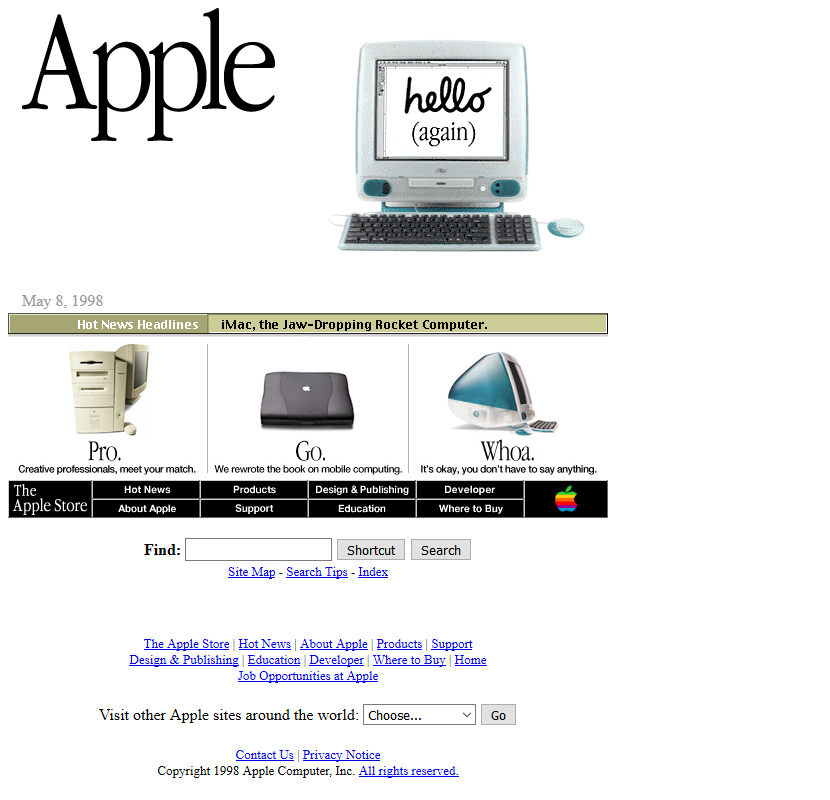
Source: https://www.webdesignmuseum.org/exhibitions/apple-1998
Fast forward to the 2000s, and we witnessed the introduction of CSS (Cascading Style Sheets). This innovation gave designers more control over the visual elements of websites, allowing for greater creativity and customisation. Suddenly, websites were no longer just blocks of text; they became more visually engaging and dynamic.
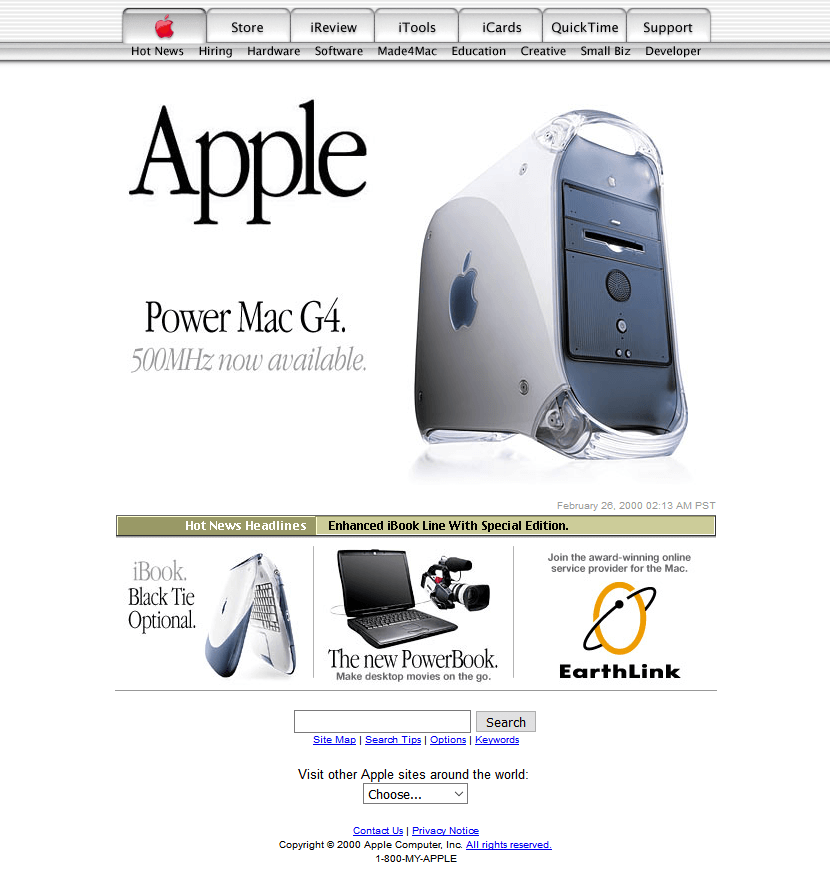
As we entered the 2010s, the proliferation of smartphones and tablets drove a significant shift in web design. Mobile-responsive design became essential as users began accessing websites on a variety of devices with varying screen sizes.
Websites needed to adapt to provide a seamless experience across desktop and mobile platforms.
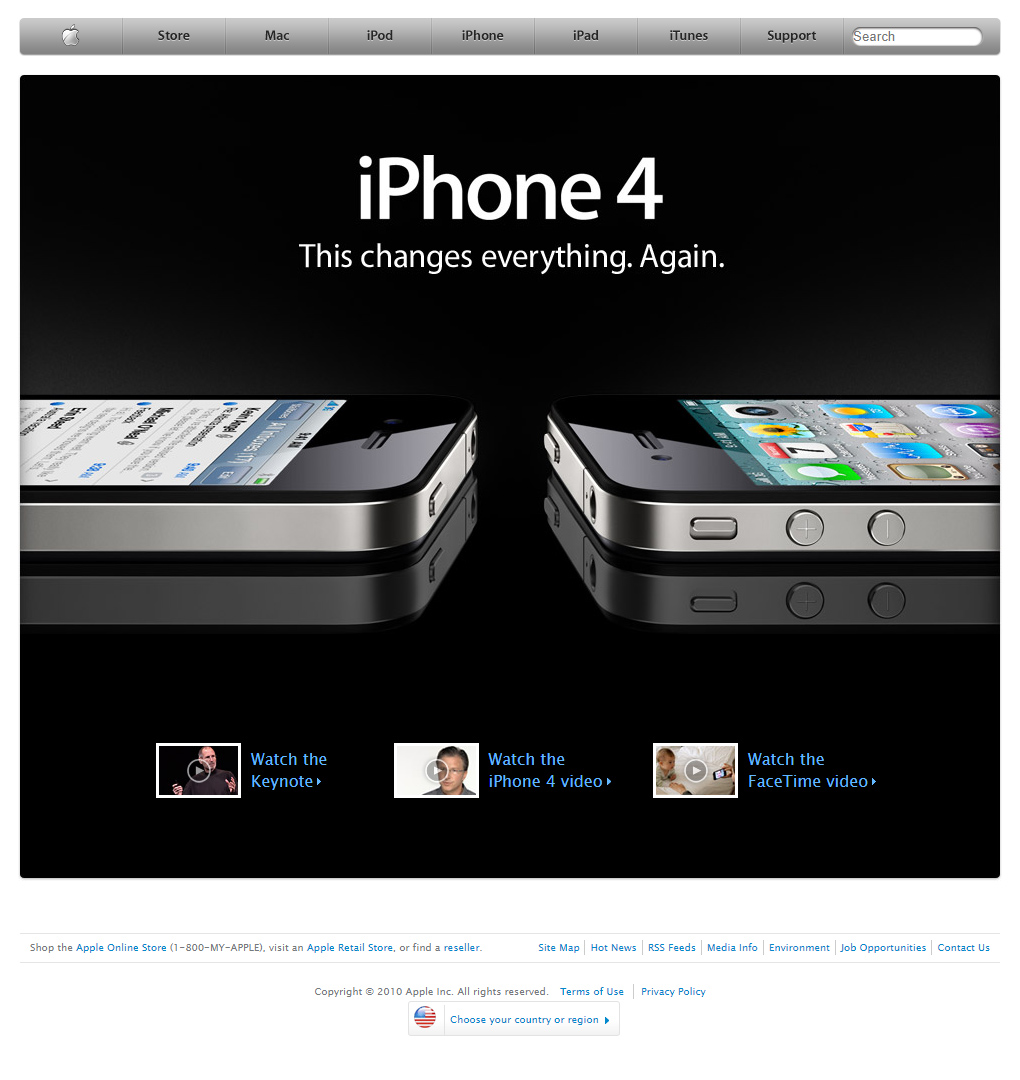
In the late 2010s, user experience (UX) took centre stage, pushing aesthetics to the side. Designers started focusing not only on how websites looked but also on how they functioned and how users interacted with them. UX design became a priority, emphasising intuitive navigation, accessibility, and user satisfaction.
Today, UX remains a critical aspect of web design. Websites are not just about showcasing information; they're about providing meaningful experiences for users. From intuitive interfaces to personalised interactions, UX continues to shape the way we design and interact with digital platforms.
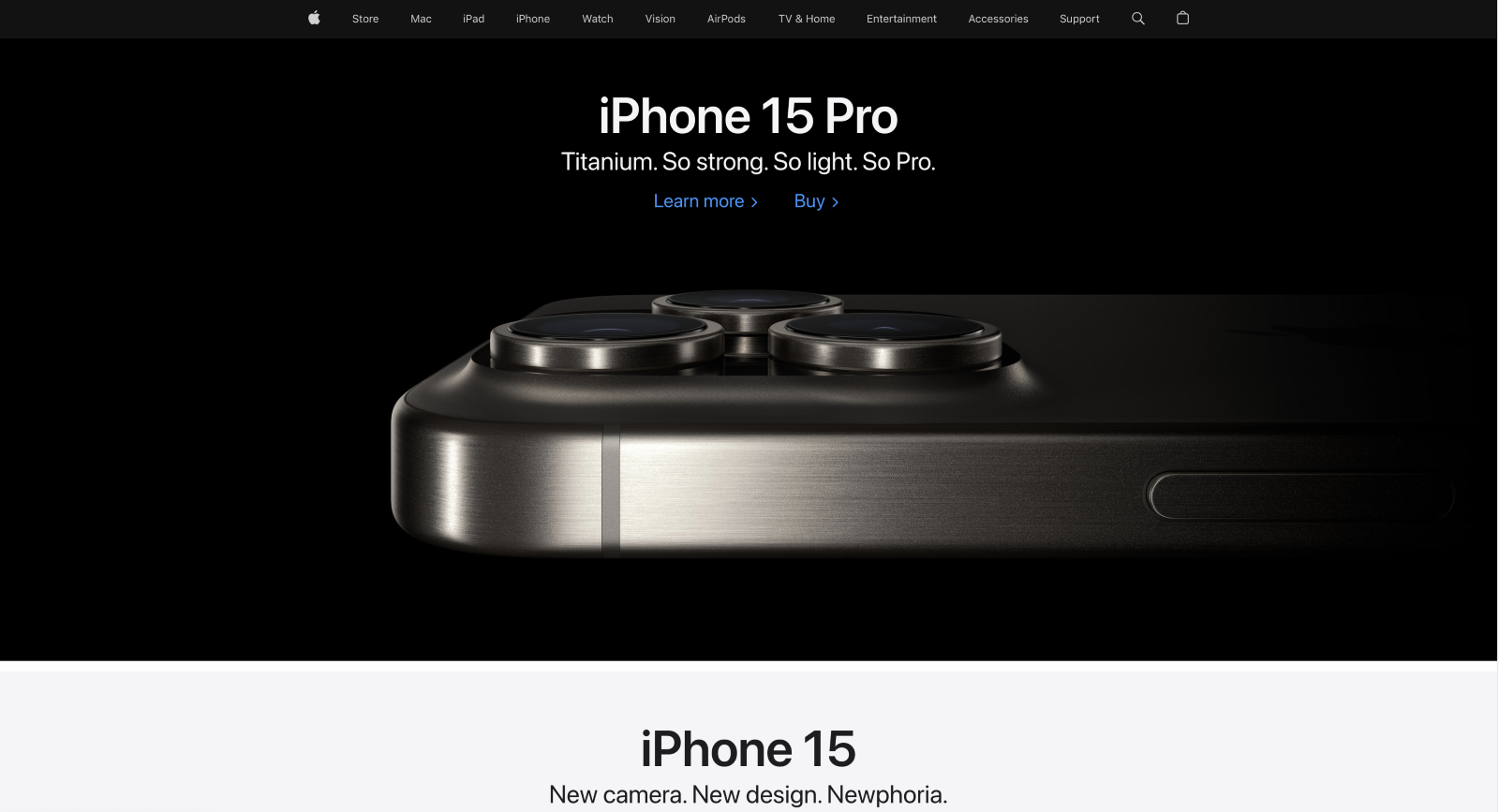
Key takeaway from Apple’s UX:
- Simplicity is their signature: Ever notice how Apple products, like the iPhone and iPad, are so easy to use? That's because they keep things simple and clutter-free. They make technology less intimidating.
- Touch, swipe, pinch: Apple wasn't just content with buttons—they wanted us to interact with our devices in a whole new way. So, they introduced gestures like swiping and pinching. It's like magic, except it's just your fingers doing all the work!
- Shopping, Apple style: And have you ever been to an Apple Store or website? It's not your average shopping experience. They want you to touch, play, and explore. It's like they're inviting you into their world, and once you're in, you’d want to own one (or three...)
The importance of UX today
Paying attention to the finer details is crucial in the world of websites and software applications. Even the slightest hiccup like a page taking too long to load or a tiny glitch can make a big difference in user satisfaction.
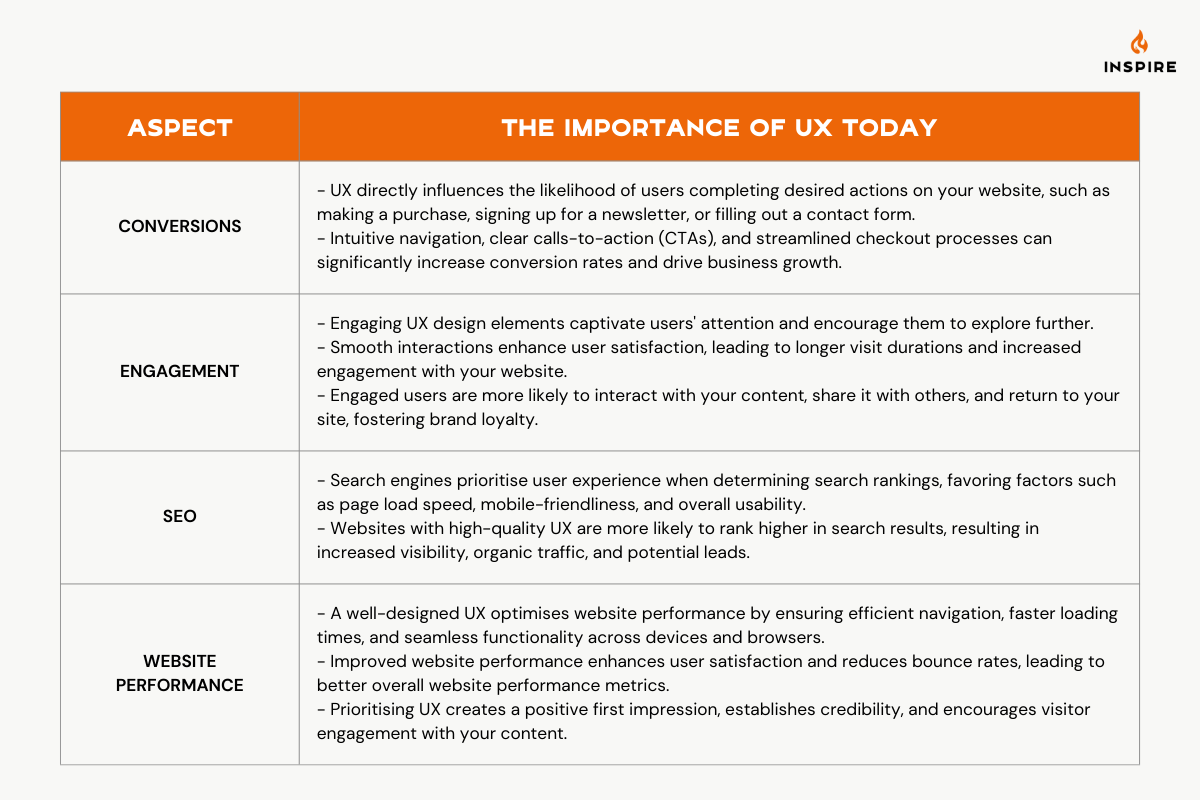
User experience (UX) is all about making sure people have a smooth and enjoyable time interacting with your website, app, or other digital stuff. It covers everything from how it looks, how it affects your SEO, and how easy it is to use.
UX starts before you even build something, with lots of research and planning. And even after your website or app is out there, you're still tweaking and improving it based on what users are saying and doing.
A well-put-together website should be crystal clear about what it's all about, easy to get around, and just plain nice to use. Good UX can really shape how people see your business and whether they stick around to do what you want them to do.
When you're building a website, it's important to pay attention to what users are doing—those are your signals. They can tell you a lot about how people are interacting with your site, such as:
- You've got your session-based signals, which tell you things like how long people are sticking around and what pages they're checking out.
- Then there are user flow-based signals, which show you how people are moving through your site.
- And don't forget about page-based signals, which give you the lowdown on what's happening at specific points, like when someone drops out of the checkout process.
For testing how easy your website is to use, keep an eye on metrics like how long people spend on your site, what they're clicking on, how far they're scrolling, and how many pages they're looking at.
These numbers can give you some great insights into how to make your website even better for your users.
Web design trends this 2024
Let's dive into six innovative web design trends that will inspire you this 2024.
But before we delve into the trends, remember that customer delight should be at the forefront of your design decisions. Take the time to understand your customers' needs and preferences to ensure your website changes enhance their experience!
And as well as being aware of the top trends to implement, it can help to know the most common web design mistakes you should look to avoid.
Emphasising negative space
Incorporating ample negative space into your design can guide users' focus, improve responsiveness, and enhance navigation. By embracing minimalist design principles, you can create a streamlined and intuitive user experience.
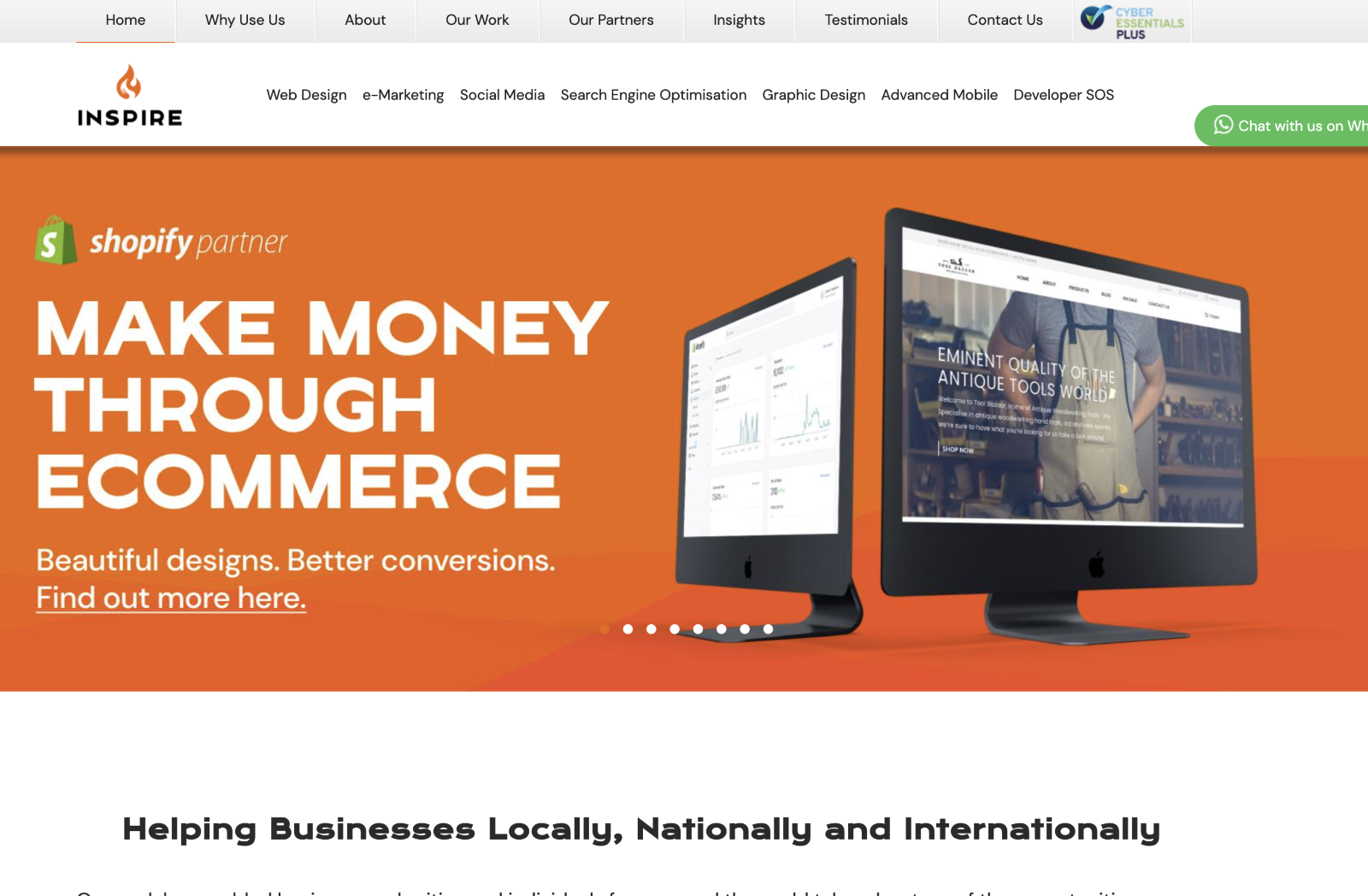
Streamlined hero sections
Simplifying hero sections by focusing on essential information reduces friction in the customer journey. Opt for clear headings, concise copy, and prominent calls-to-action to make a lasting impact on your homepage.
Bold and loud typography
Oversized typography adds visual appeal and communicates key information effectively. Whether you choose extra-large text for a statement or a softer approach for subtlety, ensure your message stands out amidst the clutter.
Nostalgic design
Retro-style websites evoke emotional connections by appealing to past memories and aesthetics. Incorporate simple shapes, vintage typography, and unique textures to create a nostalgic ambiance.
Collage-style graphics
Collages offer a creative way to integrate multiple images into one graphic, making your site memorable and visually engaging.
Horizontal scrolling
While vertical scrolling is common, horizontal scrolling provides a unique browsing experience. It's particularly useful for showcasing visual content and interactive elements but be cautious to ensure optimal usability.
Crafting digital experiences
At Inspire, we're all about creating design solutions that really hit the mark for users. We get it – the digital world is always changing, and people's expectations are evolving along with it.
So, we make it our mission to stay ahead of the game, keeping our finger on the pulse of the latest trends and technologies to ensure our clients' websites stand out in all the right ways.
Our secret sauce? We start by getting to know the people who will be using our designs inside and out. Understanding their wants, needs, and habits helps us craft websites that feel tailor-made just for them.
We keep things simple and user-friendly, because let's face it – nobody wants to struggle to find what they need when online
But we don't stop there! We're always on the lookout for new ways to make our designs pop. Whether it's playing with eye-catching typography, adding modern, interactive features, or embracing the latest design trends, we're not afraid to push the boundaries and try something new.
So, if you're looking for a design partner who's not afraid to think outside the box and deliver a website that wows both you and your users, look no further than Inspire Digital.
We're here to help you stand out in the digital crowd and leave a lasting impression on everyone who visits your site.
Get in touch with us today for expert web design services and bespoke advice.


























